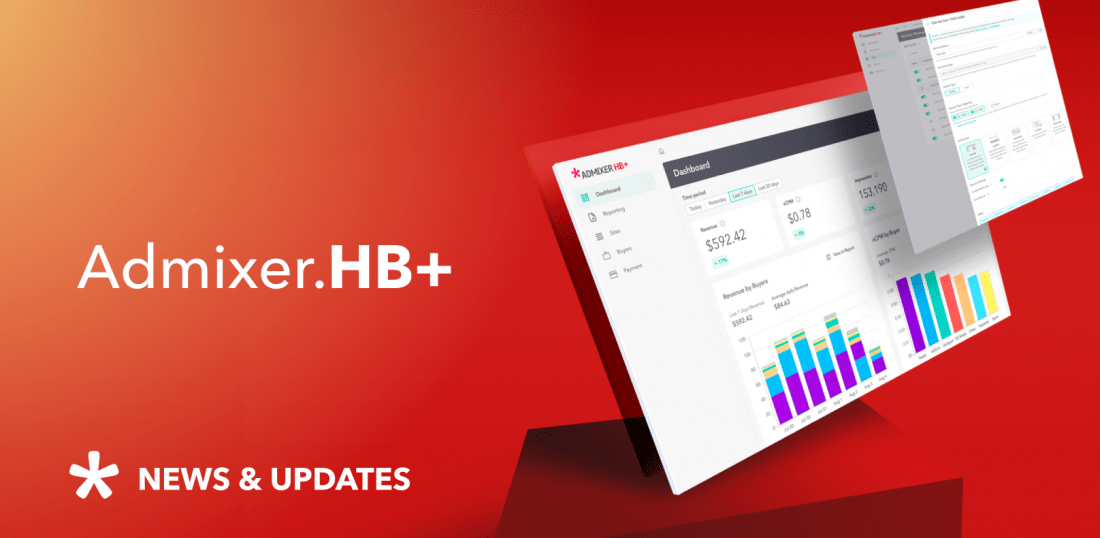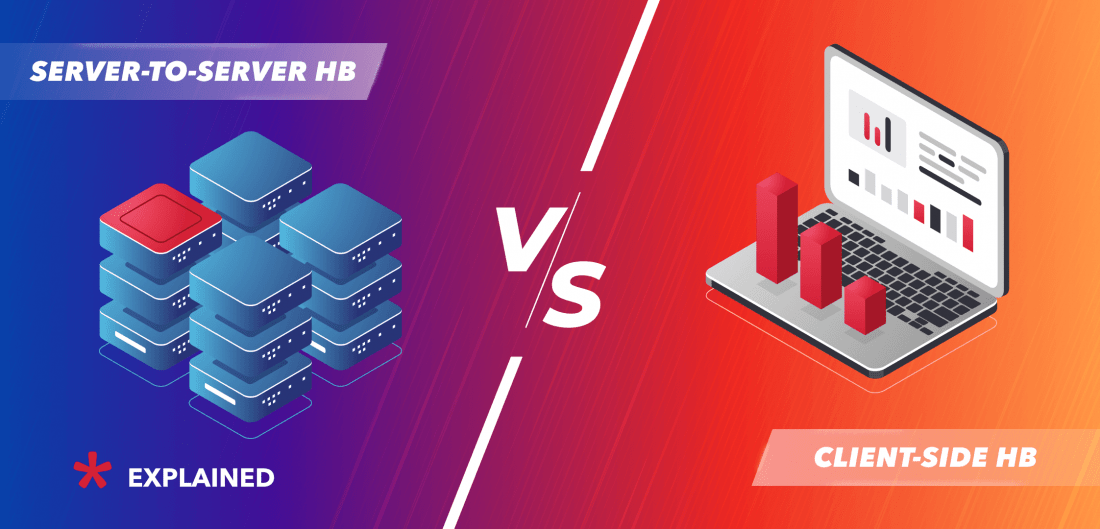Things You Need to Know About Native Advertising
Banner blindness and subsequent ad blocking are two pressing trends that have sent advertisers on the mission to find new ways of reaching the audience. Naturally, they desire to make ads look like they belong to the context they are placed within. And this is where “native” advertising helps.
A native ad is a unit, in which product promotion and content are united. Native ads are defined by their ability to take the form and the function of the user experience they are put within. This means that they look like natural content and behave the same way.
Last year, Facebook Audience Network shared the results of the study done by IHS. They made the estimations for the year 2020, saying 75.9% of all digital advertising will be mobile with 63.2% of it being native. The research also stated that the interaction rate for native ads is almost twice as high as by the standard banners.

Data source: MediaRadar
And now we see actual numbers proving the rise of native advertising. A recent report by MediaRadar shows that the volume of native ad buys has increased by 74% just over a year.
Back in 2015, specialists outlined key challenges on the way to the wide implementation of native advertising:
- marketers being unfamiliar with them,
- their simple formats,
- limitations in technologies,
- the lack of general pricing and measuring.
However, consumers took the tendency positively. And consumers favouring native ads resulted in advertisers channeling their investments accordingly.
It’s hard to draw one unified definition because there are different ad types that have the characteristics of “native” advertising
IAB offers a classification, where all native ads are divided into 6 categories:
- In-feed ad units are located within the general feed and match the surroundings.
- Paid search units take top or favorable positions in the list of search results.
- Recommendation widgets are external to the content feed and may include suggested or related info.
- Promoted listings may be placed on e-commerce websites, among the offered products and services.
- In-ad units are placed in IAB containers outside the feed and contain the content, which is relevant to the context.
- Custom units that do not fit in any other category.

Lenovo in-feed ad on Linkedin
Native advertising is not fresh on the market, but relatively young. Thanks to its advantages, it “came in like a wrecking ball”. Still, most brands and publishers lack the understanding of how to use it or how to get the maximum profit with it. That’s where we will be happy to help you with our tips and guides.




